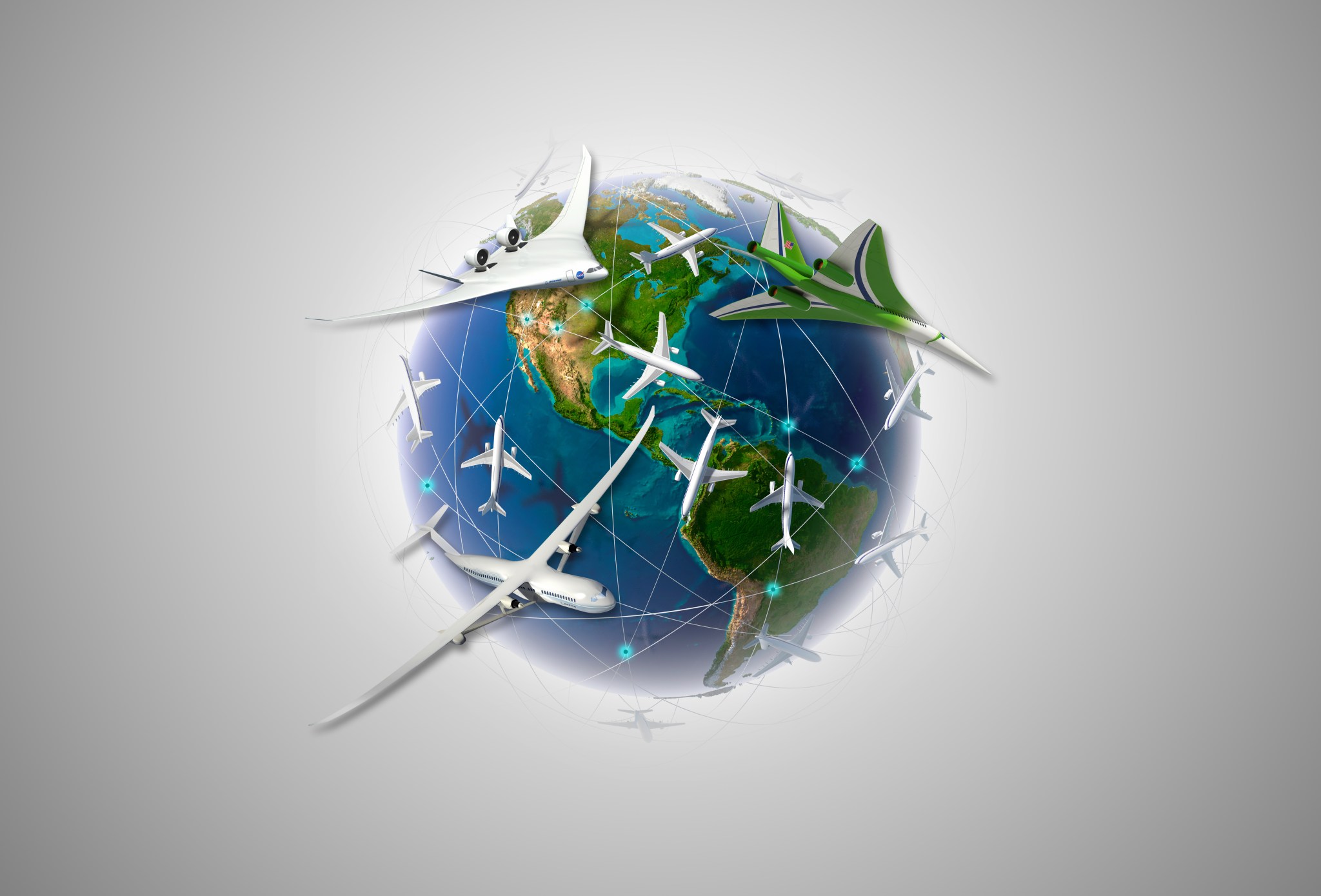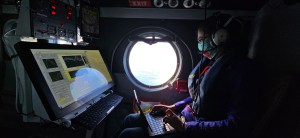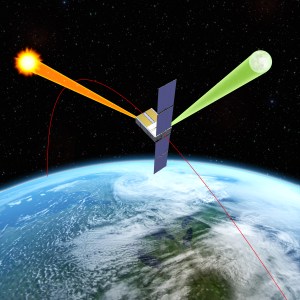There’s something new in the air at NASA.
Based on a fresh look at the future of aviation – as well as global trends in technology, the environment and economics – the agency’s aeronautical innovators have chartered a new strategic vision for its aviation research programs.
The updated vision is designed to ensure that through NASA’s aeronautical research the United States will maintain its leadership in the sky and sustain aviation so that it remains a key economic driver and cultural touchstone for the nation.
The new vision also embraces a future where global trends combine with emerging technologies to transform flight around the world into something unimagined today.
“This new vision puts all the pieces of the puzzle together,” said Jaiwon Shin, NASA’s associate administrator for aeronautics.
“It very clearly and effectively makes the link between our research objectives and the nation’s priorities, and does so in a way that provides a framework for organizing our efforts as we move forward,” Shin said.
What this means for the flying public is that NASA’s contributions to aviation will be even more relevant as ongoing research leads to new aircraft, improved mobility and safety, less strain on the environment, and an all-around better experience in the sky.
Now Trending
In crafting the new vision, NASA planners began by trying to understand what trends are taking place around the world that might relate to aviation, concentrating on economics, technology and the environment.
For example, key among the trends recognized is that the Asia-Pacific region is seeing rapid economic growth marked by increased urbanization and a growing middle class, changes that will create millions of potential new customers of aviation services.
“As we looked at the numbers we were really struck by this particular trend,” said Robert Pearce, NASA’s director of strategy, architecture and analysis within the agency’s aeronautics directorate.
“With the growth of this middle class and the growth of cities – there’s just so many people! And they are going to want, and now be able to afford, to fly like everyone else in the world and to buy more of the goods that come from around the globe,” Pearce said.
Other trends include the quickening pace at which revolutionary technology is invented and then widely adopted, as well as the ongoing environmental concerns related to the climate and availability of energy sources.
Informed by these emerging global trends, NASA identified three “mega-drivers” that are expected to shape the future look of aviation within the next 20 to 40 years.
The first mega-driver relates to the expected growth in demand for all air services across the planet. How must aviation change so it can fly enough to meet the worldwide demand every day, routinely and safely?
The second mega-driver deals with global climate issues, resources and energy. How can aviation’s impact on the environment be lessened? And are plentiful but significantly less expensive sources of energy available?
The third mega-driver involves incorporating new technology into aviation. How can the aviation community best take advantage of the incredible advances being made in areas not usually tied to aeronautics, such as power storage and robotics?
With these general global trends and three mega-drivers defined, the final step in shaping the new strategic vision was to determine the best way to focus NASA’s ongoing aeronautical research moving forward.
Thrusters Ahead
Reflecting inputs contributed by the aviation community and national policymakers, six areas of research were identified in the vision that will allow NASA to best deploy its resources and prioritize its goals:
- Safe, efficient growth in global operations that will enable full deployment of the Next Generation Air Transportation System in the United States by 2035 and develop technologies to substantially reduce aircraft safety risks.
- Innovation in commercial supersonic aircraft that will provide data for a low level sonic boom standard that could lead to permission for supersonic flight over land.
- Ultra-efficient commercial vehicles that will pioneer technologies for big leaps in efficiency and environmental performance.
- Transition to low-carbon propulsion that gives industry more information about drop-in alternative fuels (i.e., can be used in existing aircraft without changing systems), and pioneer low-carbon propulsion technology.
- Real-time, system-wide safety assurance in which tools are developed for use in creating a prototype of an integrated safety monitoring and assurance system that can detect, predict and prevent safety problems in real time.
- Assured autonomy for aviation transformation that will enable the utilization of higher levels of automation and autonomy across the aviation system.
Continuing the Legacy
Although the vision and its naming of six research thrusts is new, work to solve the challenges they identified has been under way at NASA for a long time.
From developing new air traffic management tools and designing quieter aircraft that fly at supersonic speeds, to writing innovative problem solving software that improves aviation safety, NASA’s legacy of nearly a century of aviation research continues.
That legacy has resulted in NASA-supported technology finding its way aboard nearly every aircraft flying today and within every process related to air traffic management.
The new strategic vision ensures that game-changing improvements in aviation will continue both in the short term and for years to come, especially as trailblazing technology from industries not usually associated with aviation makes its way into the air.
“We believe that in order for our nation to remain the aviation leader in the world, we have to change our approach as well or we are not going to be in a position to take advantage of these expected new global opportunities,” Pearce said.
But the motivation behind the new vision reaches much farther than what’s going on at the local airport or in the skies overhead. The answer to why the research is being done is just as important.
“It’s not just about designing better airplanes or devising more helpful air traffic control management tools,” Pearce said.
“It’s about how aviation, in partnership with other industries and other organizations in other parts of the economy, meets the global challenges of our day.”


































